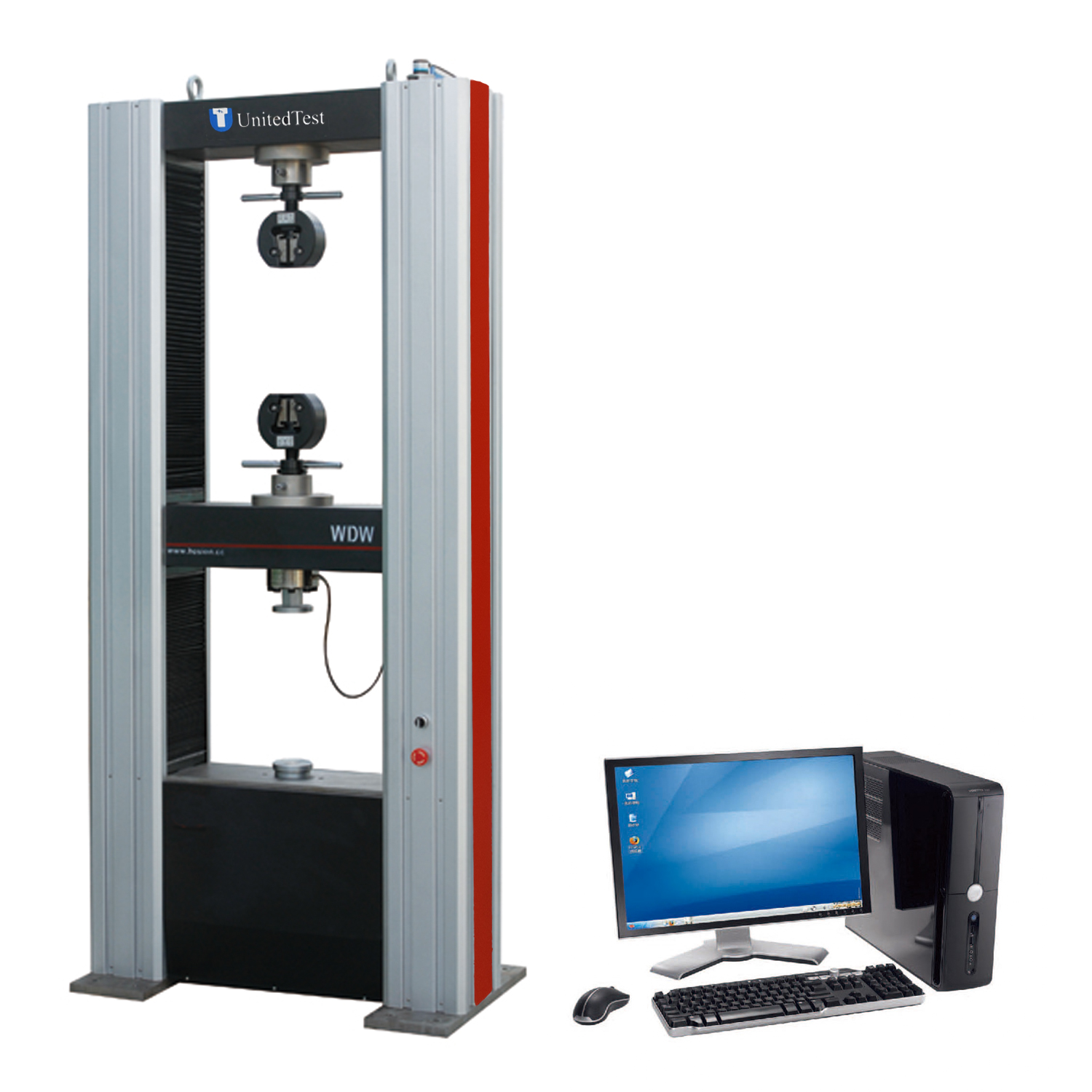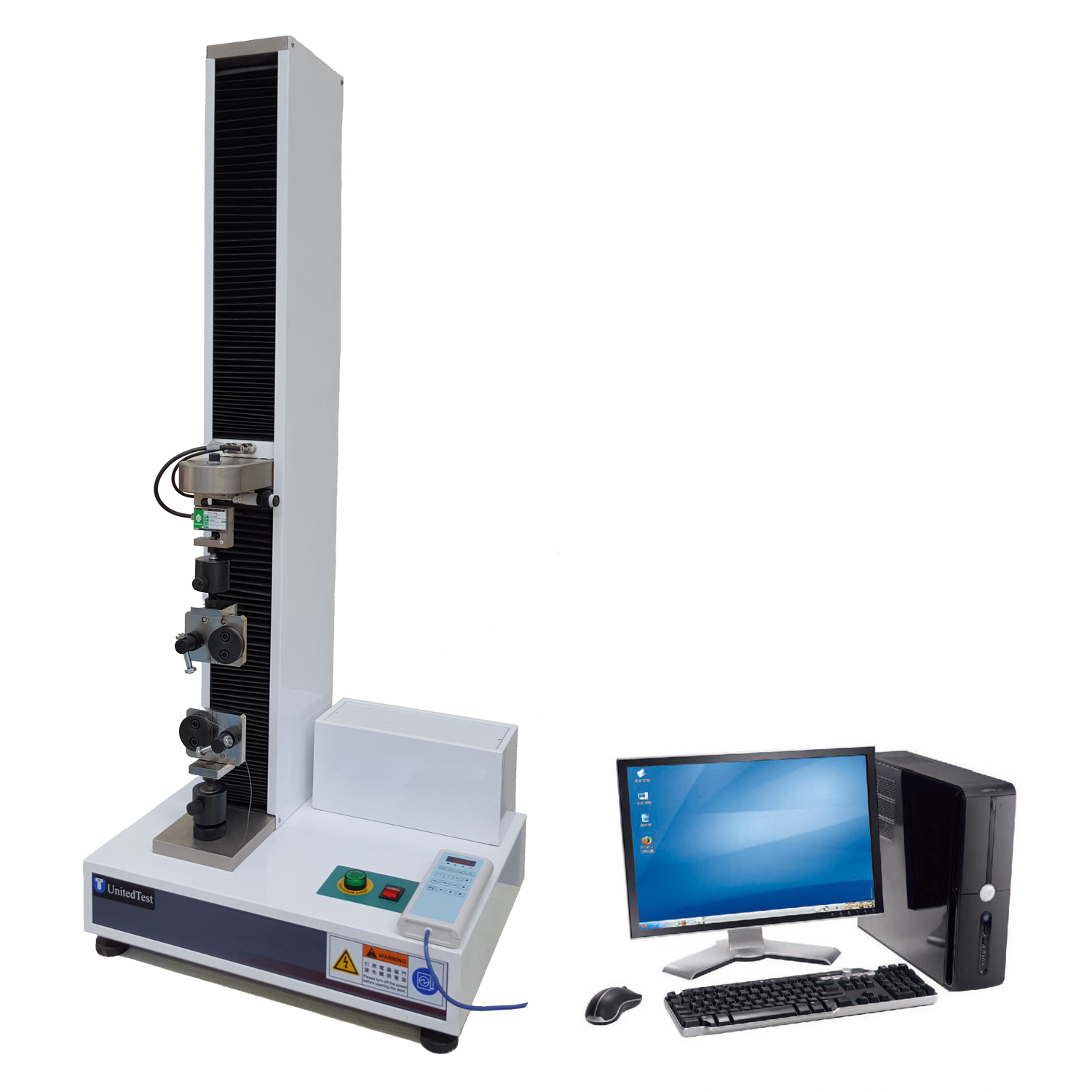Sealants Peel strength test : ASTM C794
ASTM C794-18(2022) Standard Test Method for Adhesion-in-Peel of Elastomeric Joint Sealants
Peel test is a fundamental mechanical test that measures the properties of an adhesive bond. ASTM C794 for the Peel test of Elastomeric Joint Sealants, applying a tensile force to a flexible substrate that is bound by an adhesive to either another flexible substrate. ASTM C794 test method covers a laboratory procedure for determining the strength and characteristics of the peel properties of a cured-in-place elastomeric joint sealant, single- or multicomponent, for use in building construction.
Many sealant manufacturers utilize the adhesion-in-peel test for determining the adhesive characteristics of sealant/primer combinations with unusual or proprietary substrates. This test is especially useful for quality measurements comparing batches of the same sealant relative to adhesion or for studying adhesion of a given sealant to a variety of substrates.

This test method alone is not appropriate for comparing the overall performance of different sealants in a given application. The adhesive force that determines if a given sealant is useful in a given application also depends on the modulus of elasticity and the degree to which the sealant will be strained. This test, as it exists, does not consider the modulus of elasticity, nor amount of stress that will be produced by a given strain in an actual sealant in a moving joint.
The purpose of this test is to quantify the adhesion of a coating via a peel adhesion strength test to determine whether the installation has been completed properly and acceptable adhesion is achieved. Release or separation during the test will occur along the weakest part of the material or bond between the material and the substrate. Poor adhesion may be caused by poor substrate preparation, partially cured coating and/or improper coating application.

ASTM C794 Test Procedure
1. Locate a 6” x 6” unobstructed area to perform the adhesion test. Testing should be completed on each type
of substrate coated with a Pecora fluid applied coating/primer.
2. If necessary, clean the test area with a solvent wipe (isopropyl or denatured alcohol preferred) and allow to dry.
3. Cut 1” x 12” piece of airplane cloth.
a. SilcoPrime: Apply exterior coating over existing silicone coating primed with SilcoPrime per
manufacturer’s instructions to create a 2” x 6” test area.
b. Air Barrier and Weather Clad: Apply coatings directly over the substrate to create a 2” x 6” test area.
4. Embed the airplane cloth by immediately placing the cloth directly over the newly applied coating and lightly
press into place taking care not to displace the underlying coating.
5. Apply a small amount of coating over the airplane cloth to fully encapsulate. Refer to adjacent photo of assembled peel
adhesion field test sample with airplane cloth.
6. Allow coating to fully cure per manufacturer’s guidelines.
7. Attach a (luggage/fish) scale to the exposed airplane cloth tab and peel the tab back at an 180° angle by applying slow and
steady pressure. A minimum 5pli is required for warranty purposes. Adhesive failure of the coating prior to achieving 5pli is
considered a failing result.
8. Record test results and submit to your local Pecora field representative and/or Pecora Technical Service Group.
Beijing United Test Co.,Ltd. export@unitedtest.com offer the ASTM C794 Peeling testing machine Adhesion-in-Peel of Elastomeric Joint Sealants. Contact us now : export@unitedtest.com, unitedtest@hotmail.com












